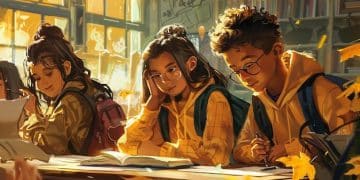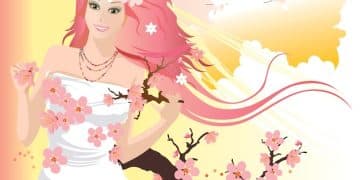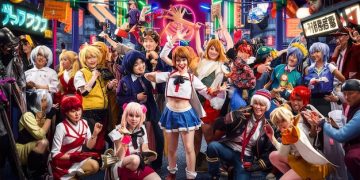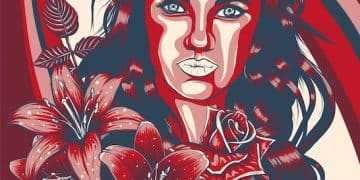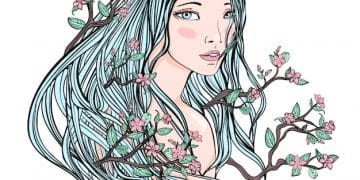Unveiling the Magic: The Ultimate Guide to Shojo Manga
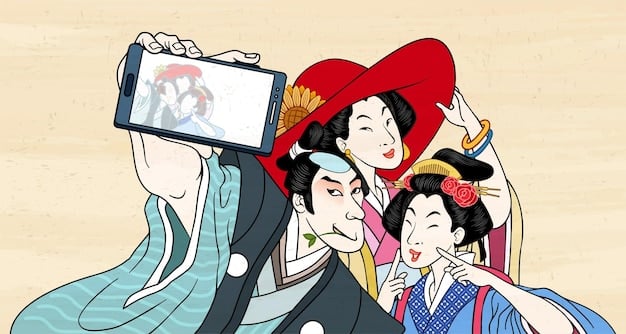
Shojo manga, a captivating genre of Japanese comics aimed primarily at a young female audience, explores themes of romance, friendship, and self-discovery through beautiful art and engaging storytelling, making it a cornerstone of manga culture.
Step into the enchanting world of shojo manga, where dreams blossom, friendships strengthen, and love stories unfold. This guide will explore its history, themes, and iconic titles, illuminating why it continues to resonate with readers worldwide.
What is Shojo Manga?
Shojo manga is more than just a genre; it’s a cultural phenomenon. Specifically designed for a young female audience, it explores a wide range of subjects, often focusing on emotional development and close relationships. It has evolved significantly, shaping the landscape of manga and influencing art and storytelling worldwide.
The Defining Characteristics of Shojo
Several elements distinguish shojo manga from other manga genres. These include the art style, narrative focus, and intended audience. Understanding these characteristics will enhance your appreciation of the medium.
- Art Style: Typically features large, expressive eyes, delicate lines, and emphasis on emotional expression. Characters are often idealized, with attention paid to their beauty and clothing.
- Narrative Focus: Places a strong emphasis on character development, emotional resonance, and interpersonal relationships, often featuring storylines that explore themes of love, friendship, and self-discovery.
- Target Audience: Primarily aimed at young women, shojo manga can appeal to anyone who enjoys stories that emphasize emotional depth and character-driven narratives.
Shojo manga employs unique visual and storytelling techniques to connect with its audience, making it a distinctive and influential part of the manga world. Identifying these defining traits is key when discerning between different manga genres.
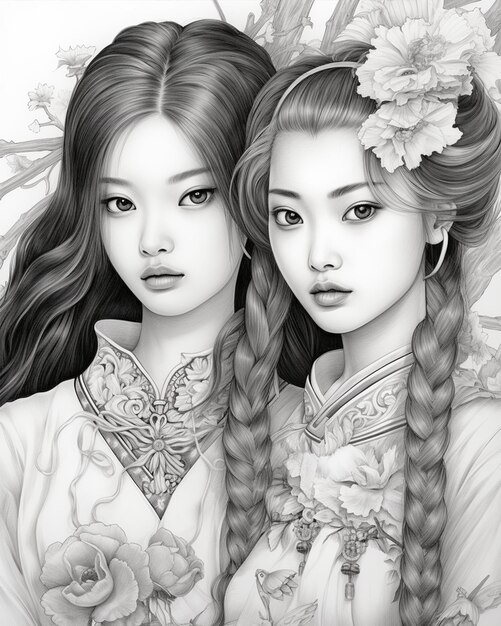
The History and Evolution of Shojo Manga
The history of shojo manga is a journey of innovation and cultural impact. From its early beginnings to its contemporary forms, the genre has constantly evolved, adapting to changing societal norms and reader expectations.
Early Pioneers of Shojo Manga
In the early 20th century, shojo manga began to emerge as distinct series aimed at female readership, initially focusing on educational themes and moral tales. Pioneering artists such as Machiko Hasegawa and Miyako Maki played pivotal roles in developing the genre, introducing more complex characters and narratives.
The Shift Towards Romance
The 1970s marked a significant shift, with romance becoming a central theme. This era gave rise to iconic series that explored romantic relationships with depth and sensitivity. The “Year 24 Group,” a collective of female manga artists born around the 24th year of the Showa era (1949), revolutionized shojo manga by introducing more complex narratives, introspective characters, and groundbreaking themes such as gender identity and social critique.
- Emotional Depth: The new focus on emotional complexity allowed for more intimate and relatable stories.
- Visual Innovation: Artists experimented with new panel layouts and visual techniques to convey emotion.
- Diverse Themes: Beyond romance, works began to explore social issues and personal identity.
The evolution of shojo manga is marked by constant innovation and adaptation. These shifts reflect broader cultural changes, showcasing the genre’s resilience and relevance.
Popular Themes in Shojo Manga
Shojo manga tackles a myriad of themes, each resonating differently with audiences. Exploring these topics provides insight into the genre’s appeal and its ability to reflect and shape cultural values.
Love and Romance
Unrequited love, first love, and the complexities of relationships are often at the forefront. Romance is not just about finding a partner but also about personal growth and mutual understanding. These romantic narratives often emphasize emotional bonding and gentle interactions among characters.
Friendship and Relationships
The bonds of friendship are central, portraying deep connections and mutual support. These relationships are significant to character development and navigating societal challenges. Many shojo manga plots revolve around friends overcoming various obstacles and strengthening their friendships.
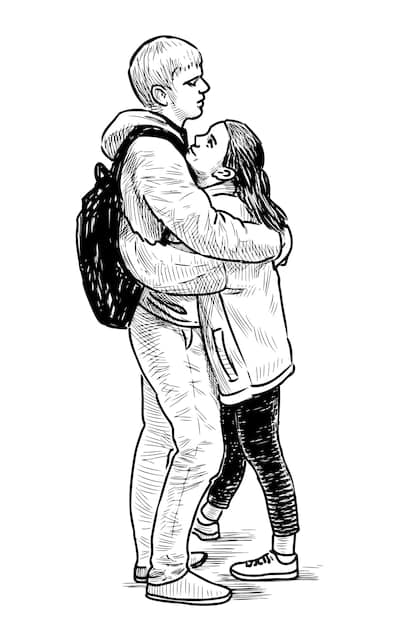
Fantasy and Supernatural Elements
Magic, otherworldly beings, and fantastical settings add depth and intrigue. These elements allow for exploration of broader themes within a unique and imaginative context. Fairy tales infused with romance are common and provide a thrilling experience to the readers.
- Character Development: Characters in fantasy settings often undergo significant transformation.
- Symbolic Storytelling: Supernatural elements are frequently used to symbolize internal struggles.
- Escapism: Offers readers an escape into worlds of wonder and possibility.
Each of these themes contributes to the richness of shojo manga, providing stories that are both entertaining and thought-provoking. Such variations in themes keeps the excitement amongst the readers intact.
Iconic Shojo Manga Series
Several shojo manga series have achieved iconic status, influencing the genre and capturing the hearts of readers worldwide. These series stand out for their innovative storytelling, memorable characters, and enduring appeal.
Fruits Basket
Fruits Basket by Natsuki Takaya tells the story of Tohru Honda, an orphaned girl who discovers that the twelve members of the Sohma family are possessed by the animals of the Chinese zodiac. The story elegantly weaves together themes of family, trauma, and healing through a blend of comedy and deeply emotional moments. The intricate portrayal of characters and their struggles has struck a chord with a global audience, making it a universally admired series.
Sailor Moon
Naoko Takeuchi’s Sailor Moon revolutionized the magical girl genre. The series follows Usagi Tsukino, a clumsy teenager who transforms into Sailor Moon, a guardian of love and justice, as she and her fellow Sailor Guardians battle evil forces. Combining action, romance, and humor, Sailor Moon empowered a generation of young women. The diverse cast of characters, each with their unique personalities and abilities, resonated deeply with readers, making it an enduring favorite.
Cardcaptor Sakura
Cardcaptor Sakura by CLAMP centers around Sakura Kinomoto, a young girl who accidentally releases a set of magical cards and must recapture them to prevent disaster. Known for its charming art style and intricate plot, Cardcaptor Sakura showcases themes of friendship, courage, and the power of love. Its universal appeal and magical adventures have cemented its place as a classic shojo series.
These iconic series exemplify the best of shojo manga, each leaving a lasting legacy and continuing to inspire new works. The dynamic stories continue to be passed down to new readers.
How to Start Reading Shojo Manga
Getting started with shojo manga is easier than ever, with numerous resources available to new readers. This guide will help you navigate the options and find series that match your interests.
Online Platforms
Digital platforms offer a vast library of shojo manga, often with subscription services for unlimited access. These services allow readers to explore different series and genres conveniently.
- Shonen Jump+: This offers a wide range of manga, including popular shojo titles.
- Crunchyroll: Provides access to digital manga alongside its anime streaming service.
- ComiXology: Features a wide selection of manga available for purchase and download.
Physical Copies
For those who prefer the tactile experience, physical copies are available at bookstores and online retailers. Collecting physical volumes can be a rewarding hobby for many fans. Local bookstores are some of the most preferred options for book collectors.
Recommendations
Begin with well-regarded titles like Fruits Basket or Sailor Moon to get a sense of the genre. Seek suggestions from online communities to uncover new series that align with your preferences. Many such communities exist and have a very active manga reader base.
Starting your journey into shojo manga opens a world of captivating stories and unforgettable characters. Many readers find themselves hooked very quickly.
The Influence of Shojo Manga on Culture
Shojo manga has had a profound impact on various aspects of culture, from fashion and art to social attitudes. Its influence can be seen across different creative fields and societal norms.
In Fashion and Art
The distinctive art style of shojo manga has inspired numerous fashion trends and artistic expressions. The emphasis on aesthetics and emotional representation has influenced visual artists and designers alike. Many costume designers take inspiration from characters in manga series.
On Global Audiences
Shojo manga has transcended cultural boundaries, gaining a devoted following worldwide. Its themes of love, friendship, and personal growth resonate universally, fostering a sense of community among fans from diverse backgrounds. Certain manga series have been translated into various languages.
- Cross-Cultural Understanding: The genre fosters appreciation for Japanese culture and storytelling traditions.
- Community Building: Fans connect through online forums, conventions, and social media.
- Inspiration for Creators: Many artists and writers draw inspiration from shojo manga’s innovative techniques.
The cultural impact of shojo manga is undeniable, reflecting its ability to shape perceptions and inspire creativity on a global scale. This impact continues to grow and evolve along with the genre itself.
| Key Point | Brief Description |
|---|---|
| 📚 Definition | Shojo manga is aimed at young women, featuring emotional depth and relationship-driven stories. |
| 🌸 Popular Themes | Common themes including love, friendship, fantasy, and personal growth. |
| 🌟 Iconic Series | Series like Fruits Basket and Sailor Moon have left a lasting impact on the genre. |
| 🌍 Cultural Influence | Shojo manga has inspired fashion, art, and community-building worldwide. |
Frequently Asked Questions
Shojo manga is primarily targeted toward young female readers, typically ranging from pre-teens to young adults. However, its universal themes of love and friendship can appeal to a broad audience, regardless of age or gender.
The main difference lies in the target audience and typical themes. Shojo manga focuses on relationships and emotional development for young women, while shonen manga typically features action-packed adventures aimed at young men, focusing on strength and competition.
Absolutely! Anyone can enjoy shojo manga. Its themes are human experiences that resonate across genders. Many male readers appreciate the emotional depth and character-driven narratives unique to the genre.
English translations of shojo manga are available through various online platforms like Shonen Jump+, Crunchyroll, and ComiXology. You can also find printed copies at major bookstores and online retailers that specialize in translated manga.
Shojo manga has greatly influenced art, fashion, and storytelling in various media forms. Its emphasis on emotional expression and character design has inspired countless creators. Its themes also broadened societal ideas about romance and relationships.
Conclusion
Exploring shojo manga opens a world of captivating narratives, iconic artwork, and rich cultural significance. Whether you’re drawn to heartwarming romances, fantastical adventures, or profound explorations of friendship and personal growth, shojo manga offers a diverse array of stories to captivate and inspire. Dive in and discover the magic for yourself!
